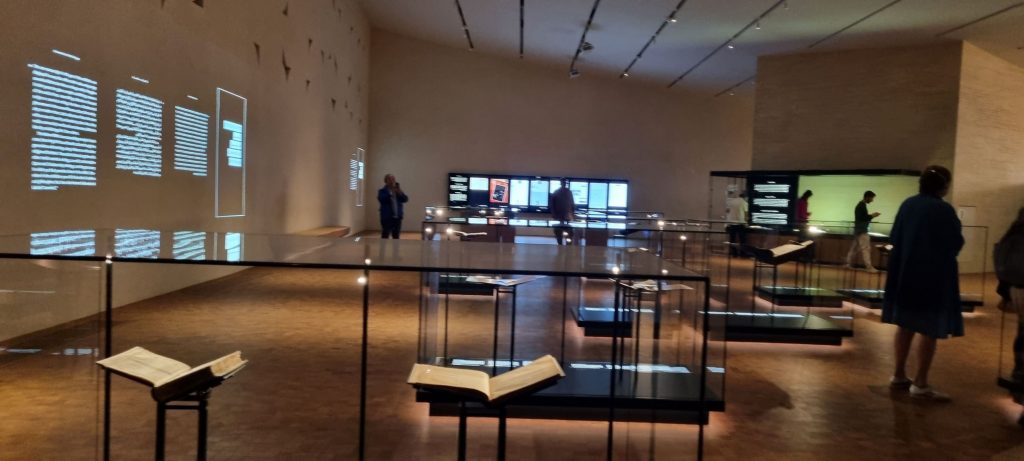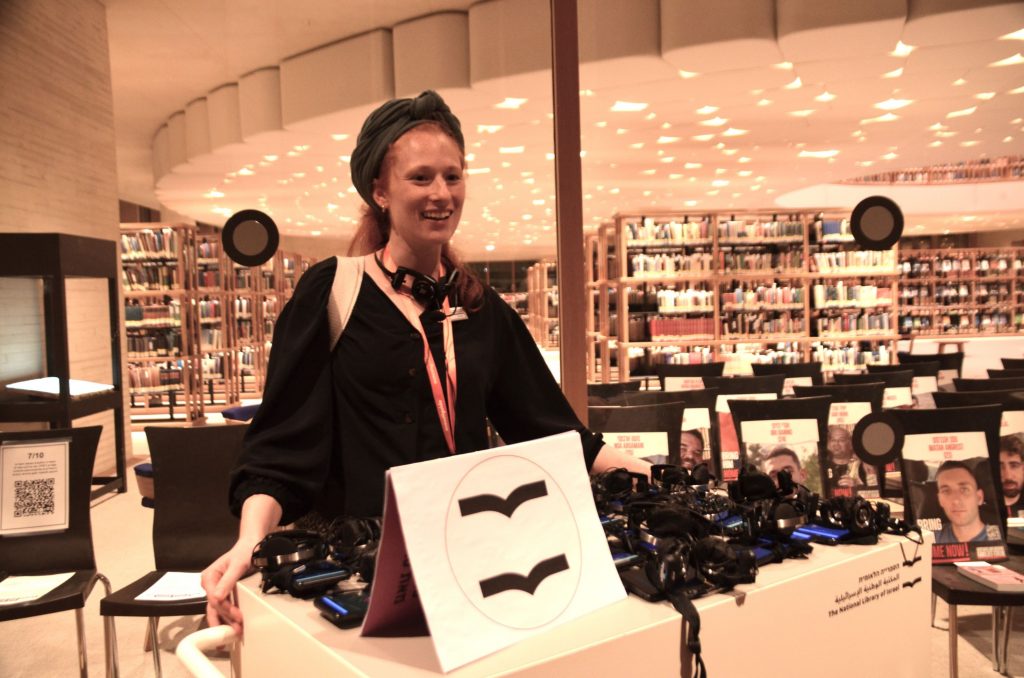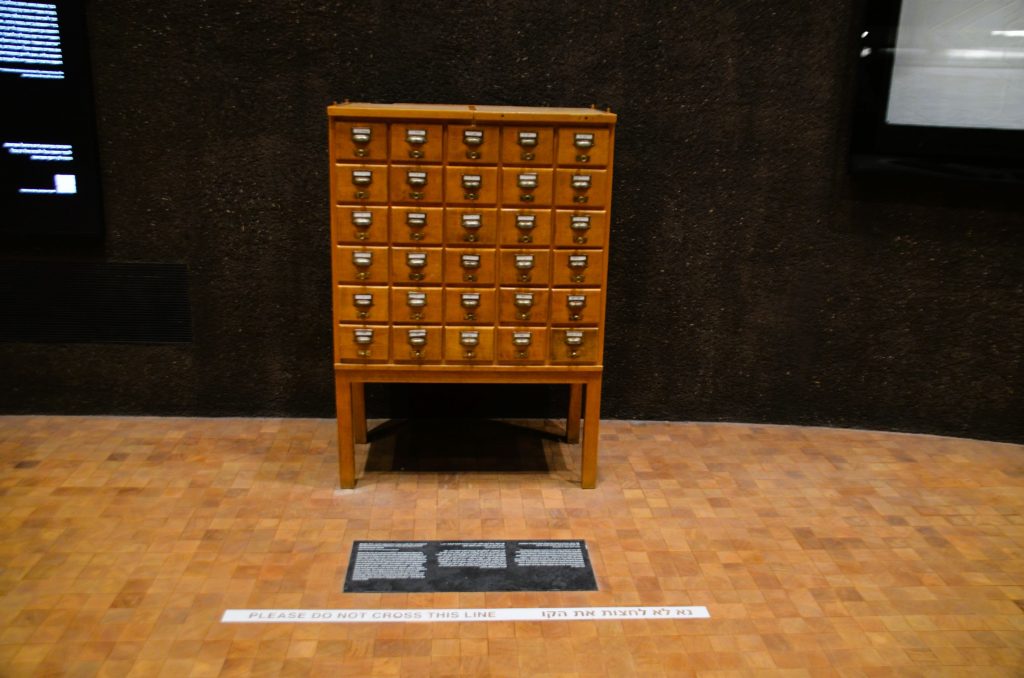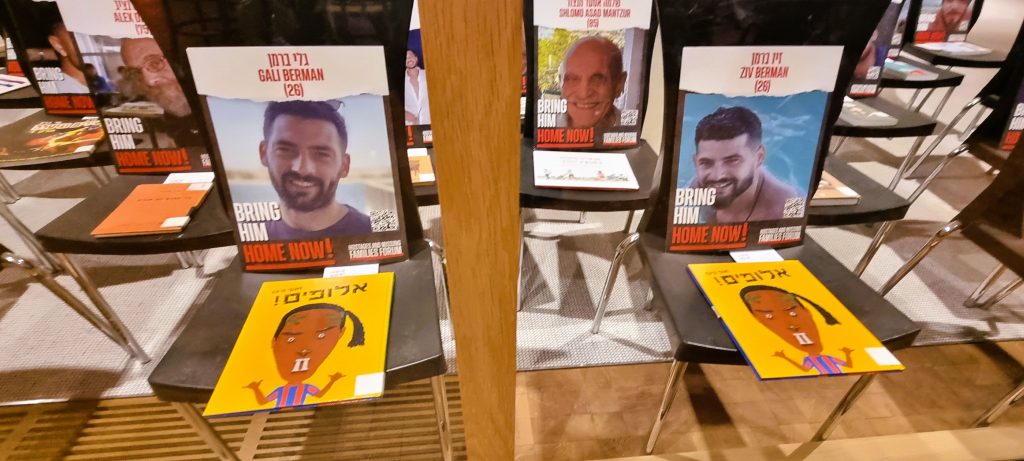As soon as Passover is over, the Israeli flags start flying over the Jerusalem streets.
This year the roller coaster of emotion should be even sharper than usual.

More blue and white flags are seen over the Jerusalem streets than in the past.

All the Pesach, Passover food is gone.

One day the table was set for a holiday meal.

The next everything was upside down.

And the next day, everything was stored away until next year.

The Jerusalem cafes were filled and people were again sitting on the streets enjoying the weather and freshly baked cakes and breads.

Construction workers were back, blocking and hopefully one day soon fixing the Jerusalem streets.

The signs of summer and no rain with dried weeds,

add contrast to the colorful spring flowers.
However, the weather this time of year can and does change day by day with rain in the forecast.
Compared to what is seen in the media, life in Jerusalem is often a contrast.

Over the week of Pesach, 500,000 people were reported to have visited the Kotel, Western Wall.
Today is Orthodox Easter and Christians are celebrating in the Old City.

A young Muslim couple finished their meal at the cafe where our business group met this week.

One sight at night in Tel Aviv was impressive, the building lit with not only an Israeli flag and “Together we will win” but also a yellow ribbon indicating the wait for the return of hostages.

New to the Jerusalem streets, posters with faces of fallen soldiers. Their families want Israel to not stop until Hamas is defeated so that their children’s lives were not sacrificed in vain. This group’s protest after Shabbat received much less coverage in contrast to a protest in Tel Aviv.

New signs are up over the Jerusalem streets for Yom Haaztmaut, Israel Independence Day.
“Our Independence is with our Unity” is a new slogan for year 76.
However, first is Yom HaShaoah, Holocaust Martyrs’ and Heroes’ Remembrance Day, observed this year beginning on Sunday evening, May 5, 2024. At 8:00 pm a siren will sound.
Tomorrow at 10 am, there will be a two-minute siren in memory of the victims, not the same sound as an air raid siren, but one constant tone. Air raid sirens have a tone that goes up and down.
No one knows what will happen next.

However, if you walk along the Jerusalem streets and look, not down at your phone, you will see the beauty in nature. The contrast of new growth and colors as summer approaches after a winter of war.
It’s a good time to remember the traditional ending of the Pesach seder, “Next year in Jerusalem!”







































